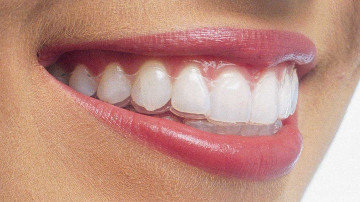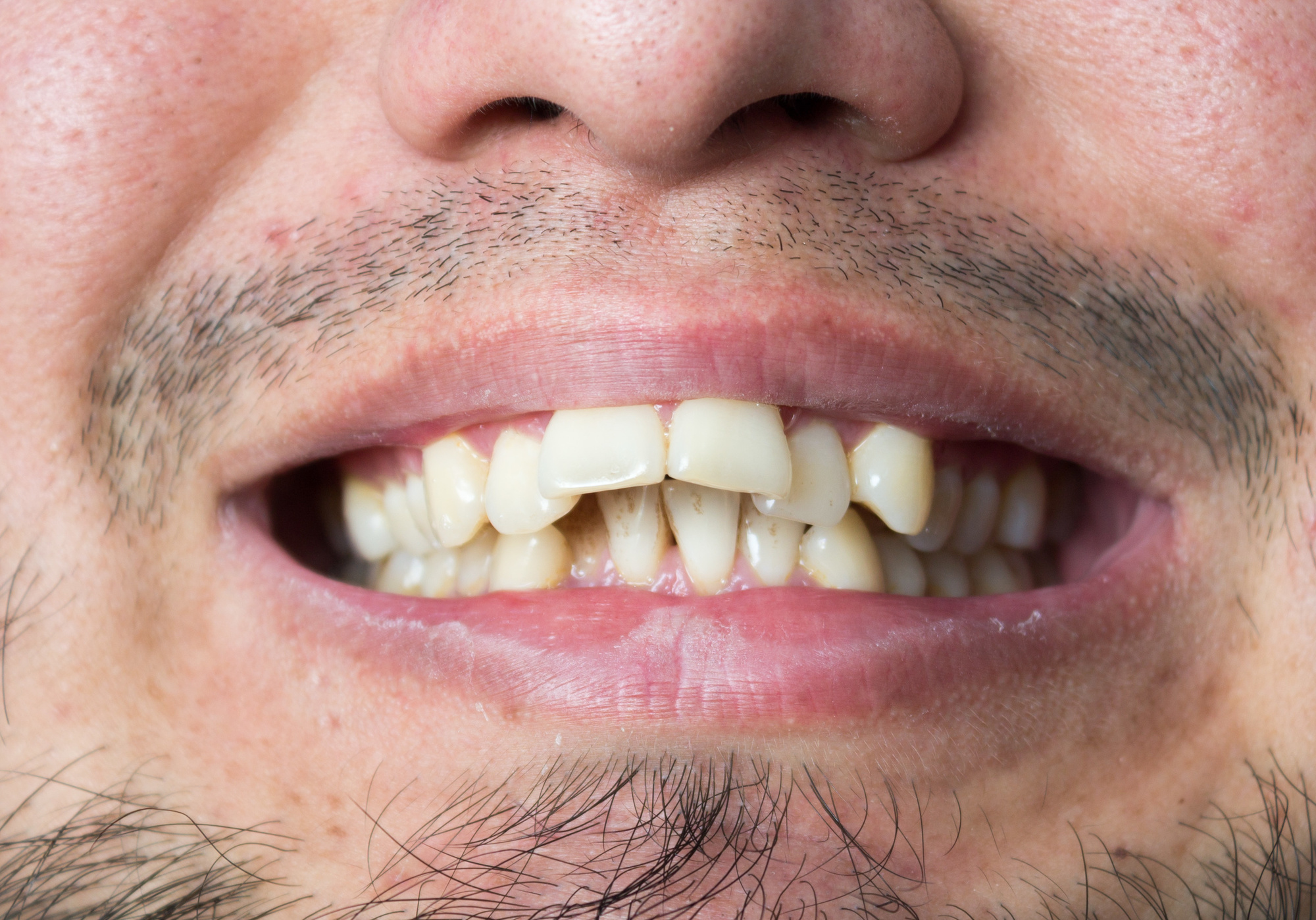Discover the Perks of Invisalign for a Perfect Smile Change
Invisalign vs. Typical Dental braces: Which Alternative Is Right for You?
When thinking about orthodontic therapy, the selection in between Invisalign and traditional braces provides several important elements that warrant cautious evaluation. Invisalign offers a discreet alternative with detachable aligners, while traditional dental braces give a much more visible yet efficient remedy for extreme misalignment.
Review of Treatment Alternatives

In contrast, standard dental braces consist of steel brackets and cords that are bound to the teeth. This approach uses continual pressure gradually to achieve placement. While efficient for complex orthodontic concerns, typical braces require routine sees for changes and can pose obstacles in maintaining oral health due to the trouble of cleaning about cables and braces.
Both options have their qualities, and the option commonly rests on specific dental conditions, way of life choices, and person conformity. Ultimately, getting in touch with an orthodontic specialist is crucial for establishing the most suitable treatment strategy tailored to private needs. Comprehending the nuances of each choice can significantly influence the general success of orthodontic therapy.
Aesthetic Factors To Consider
A substantial element influencing the selection between Invisalign and conventional dental braces is the visual appeal each treatment offers. Invisalign aligners are crafted from clear plastic, making them practically invisible when worn. This discreet look is especially interesting grownups and teens who might really feel awkward about their orthodontic therapy. The capacity to maintain a natural smile throughout the placement procedure can considerably enhance the person's self-confidence in social and professional setups.
On the other hand, conventional braces contain steel brackets and cords, which can be more obvious. While advancements in orthodontic innovation have actually led to the growth of smaller sized brackets and tinted elastics, standard braces still preserve an even more obvious profile. For some people, the visibility of dental braces may deter them from looking for necessary treatment.
Eventually, the option in between Invisalign and standard dental braces might depend upon personal choices pertaining to aesthetic appeals. Patients who prioritize discretion often favor Invisalign, while those that are much less worried regarding exposure may decide for standard dental braces. Recognizing the visual ramifications of each choice is vital for making a notified decision that aligns with one's way of living and choices.
Convenience and Convenience

In terms of ease, Invisalign aligners are removable, enabling clients to enjoy their preferred foods without restriction and keep ideal dental health. Brushing and flossing are simplified, as the aligners can be taken out throughout these routines, whereas standard braces call for mindful steering around brackets and cables.
In contrast, conventional dental braces demand normal modifications, making them less hassle-free for those with hectic timetables. Overall, the comfort and benefit of Invisalign make it an appealing selection for many people looking for orthodontic therapy.
Treatment Duration and Effectiveness
While both Invisalign and traditional braces work in remedying oral misalignments, the duration of treatment can vary considerably between the 2 choices. Commonly, Invisalign treatment can take anywhere from 12 to 18 months, depending on the intricacy of the situation. The clear aligners function by slowly changing teeth right into their wanted settings, and routine follow-ups with an orthodontist aid make certain progress remains on course.
On the other hand, standard braces commonly call for a longer dedication, generally ranging from 18 months to three years. This is because of their set nature and making use of braces and cables, which can be extra reliable for serious misalignments and complicated situations (Invisalign). The treatment performance of typical dental braces is well-documented, as they permit precise modifications and greater control over tooth activity
Ultimately, the choice in between Invisalign and conventional dental braces might depend upon both the expected treatment period and the specific oral issues handy. Consulting with an orthodontist is vital, as they can provide tailored referrals based on individual demands, making sure the selected technique straightens with preferred end results and timeframes.
Price Contrast and Insurance Policy Choices
Price plays Get More Info a significant role in the decision-making process for individuals thinking about orthodontic treatment, whether going with Invisalign or traditional dental braces. Usually, the price of Invisalign varieties from $3,000 to $8,000, while conventional dental braces commonly set you back between $2,000 and $6,000. Elements influencing these prices include the intricacy of the situation, the period of therapy, and geographical place.
Lots of dental insurance plans provide partial insurance coverage for orthodontic therapies, yet the specifics can vary extensively. Usually, traditional dental braces may be a lot more frequently covered by insurance policy plans contrasted to Invisalign, which some insurers categorize as an aesthetic treatment.
Additionally, several orthodontic methods use adaptable Get More Info repayment plans, making both therapy alternatives extra accessible. Individuals need to ask regarding prospective funding options and discount rates for upfront settlements. Reviewing the overall cost, including insurance advantages and payment strategies, is crucial for making an educated decision that straightens with both visual preferences and budget considerations.

Conclusion
In summary, the choice in between Invisalign and conventional braces rests on multiple variables, including visual choices, comfort, treatment duration, and cost. Invisalign supplies a discreet, detachable alternative that promotes oral hygiene and nutritional flexibility, while traditional braces might be preferable for complex dental concerns and often come with a lower price point. Inevitably, examination with an orthodontist is necessary to evaluate private situations and establish one of the most suitable therapy alternative for accomplishing ideal oral placement.
When considering orthodontic therapy, the option in between Invisalign and standard braces presents a number of vital aspects that merit mindful assessment.Comparing Invisalign and traditional dental braces discloses distinct therapy alternatives for orthodontic improvement.While both Invisalign and typical dental braces are reliable in correcting dental misalignments, the duration of therapy can vary substantially in between the 2 choices.Price why not check here plays a significant role in the decision-making procedure for people taking into consideration orthodontic treatment, whether choosing for Invisalign or standard braces.In summary, the option between Invisalign and traditional dental braces hinges on several elements, including visual preferences, convenience, treatment duration, and cost.